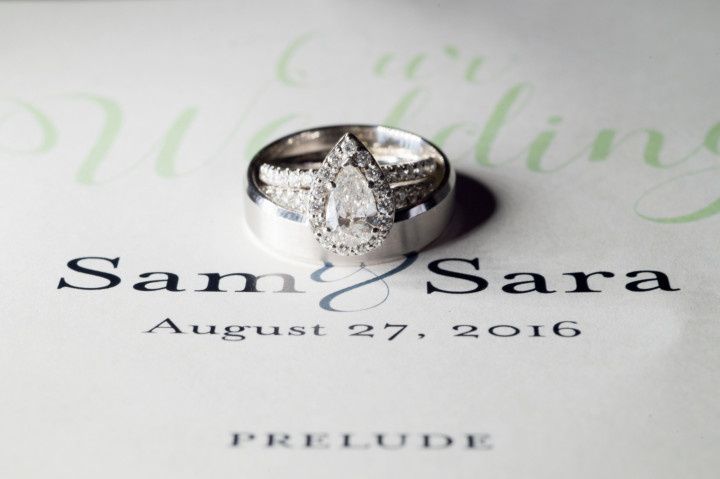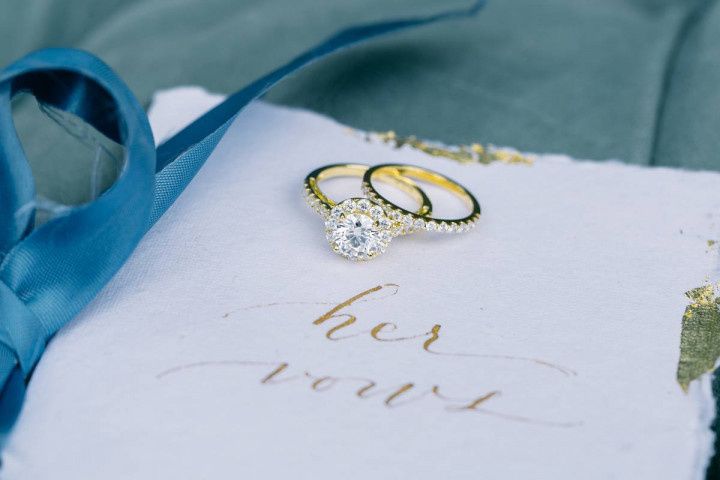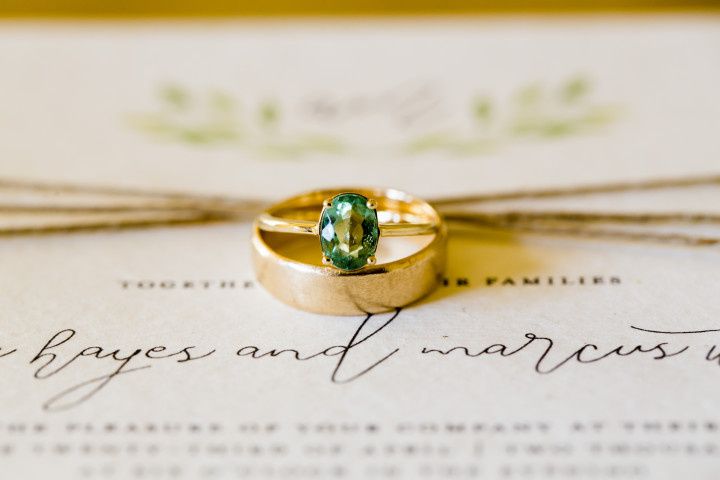The History of Engagement Rings
Diamonds may be a girl's best friend, but according to the history of engagement rings, they haven't always been that way.
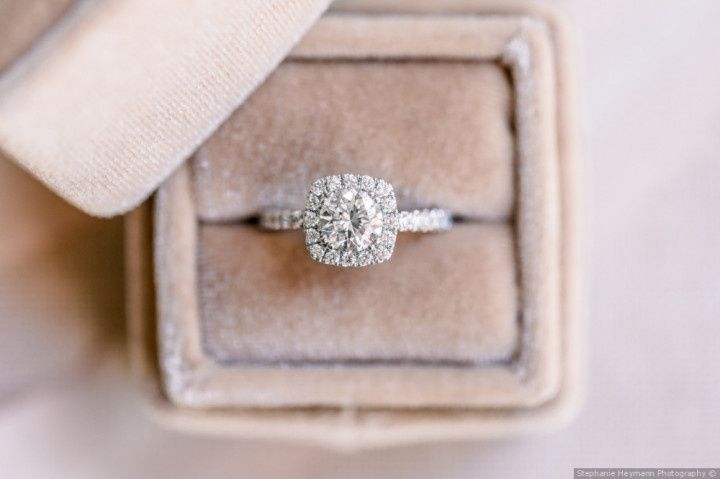
Proposing marriage with an engagement ring is one of the most romantic gestures in the world, but this sweet tradition used to be very different compared to what it is today. The history of engagement rings didn’t always involve sparkly diamonds or elaborate proclamations of love — in fact, engagement rings served a much more practical purpose until only a few centuries ago. From preventing infidelity to flaunting a man’s wealth, you might be surprised to learn about the not-so-sentimental side of engagement rings.
Brush up on the history of engagement rings with this quick rundown.
They’ve always been worn on the left hand.
The early history of engagement rings is actually pretty romantic. It goes back to ancient Egypt when rings were exchanged between lovers to signify their never-ending bond (wedding ceremonies as we know them didn’t exist yet). The Egyptians believed that the circle, which has no beginning or end, was a symbol of endless affection between a man and a woman. Rings were made of braided hemp or reeds, and they were worn on the fourth finger of the left hand, which the Egyptians believed had a special vein that was connected directly to the heart. Sound familiar? While this theory has since been debunked, we have the Egyptians to thank for what we now call the ring finger.
Engagement rings were an indicator of status.
Thankfully, marriage today is a mutual decision between two people who are in love, but it’s no secret that marriage had a very different meaning thousands of years ago. During ancient Rome, marriages were arranged as a business transaction between two families, and the Romans were the first to use rings as part of the legally binding contract. Not surprising, since they were also the first to implement legal requirements on monogamy, dowries, and divorce.
In ancient Rome, an engagement ring was a public indication that a woman had become her husband’s possession. The engagement rings were made of iron and were relatively unembellished, but brides would often be presented with a gold ring to wear in public as a sign of her husband’s wealth. The gold rings commonly featured motifs of clasped hands, carvings of the betrothed, or romantic inscriptions.

They served as a reminder to stay faithful.
Here’s where the history of engagement rings gets a bit depressing. During the Renaissance, “puzzle rings” were an easy way for husbands to know if their wives had cheated. The rings featured multiple interlocking pieces that formed a single band. They were said to be so difficult that if a woman took the ring off, she wouldn’t be able to put it on correctly again, and her husband would know that she was unfaithful. Yikes!
Another common type of Renaissance engagement ring, called the gimmel ring, has a more lighthearted history. The ring consisted of two or three pieces that were worn separately during the engagement period — one by the bride, one by the groom, and the third by a witness. The embellishments on each ring added up to form one design when the pieces were put together. After the wedding took place, the rings would be interlocked and worn by the bride.
Engagement rings are a sign of the times.
The Victorians are known for being sentimentalists, and they took a much more delicate approach when it came to designing their engagement rings. Typical styles around this time featured intricate filigrees, hearts, flowers, and colorful gemstones. Engagement rings depicting snakes were also extremely trendy after Prince Albert proposed to Queen Victoria with a serpent ring featuring an emerald head.
If you’ve been wondering where diamonds fall in the history of engagement rings, the Victorians deserve a lot of credit. This gem was already a favorite among aristocrats and members of high society, but it became much more accessible for the middle class during the diamond rush of the mid-19th century. Diamonds were often arranged in clusters and set in silver instead of gold, a trend that continued through the early 1900s. In 1886, Tiffany & Co. introduced its iconic Tiffany Setting featuring a solitaire diamond perched on a plain platinum band. The rest is history!
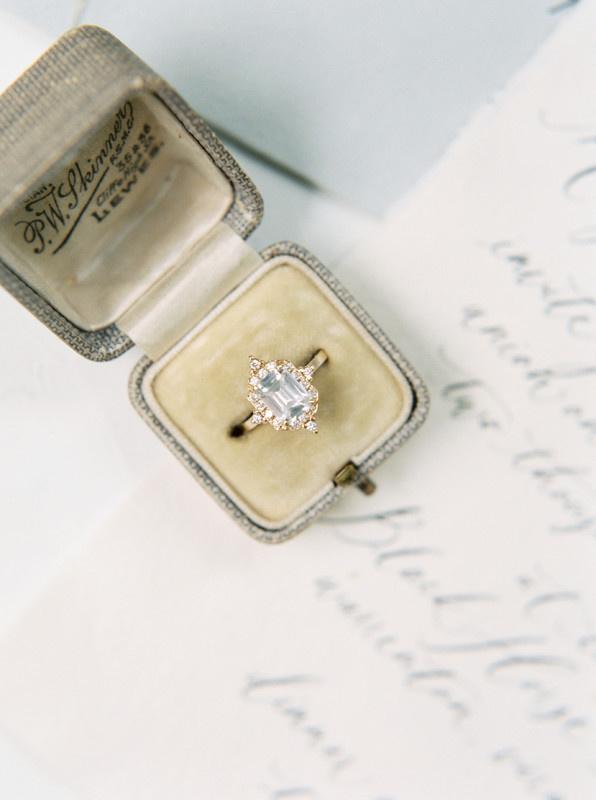
Diamonds weren’t always in favor.
Even after the Victorian craze, diamonds are actually quite a new trend when it comes to the history of engagement rings. Diamonds lost their sparkle during the Great Depression and World War II because of high cost and lack of availability. Many engagement rings in the ‘30s and ‘40s featured more affordable gemstones or older diamonds that were repurposed from existing jewelry. Gold settings also spiked in popularity around this time, since platinum was reserved for military use during the war.
Diamonds became universally popular again in the ‘50s after diamond company De Beers launched an advertising campaign with the tagline “a diamond is forever” — ultimately changing the history of engagement rings as we know them. The campaign aimed to convince men that diamonds were the only gemstone special enough to prove their love to a woman, and it worked. More than 70 years later, nearly 74 percent of engagement rings include diamonds, according to a WeddingWire survey.






